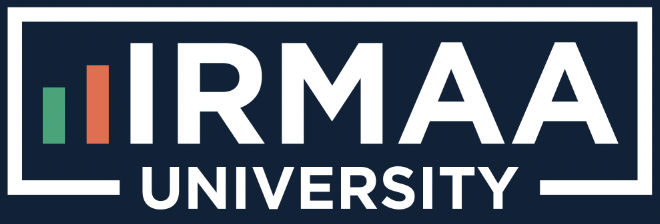When it comes to retirement the key is income. The issue with this key, though, is that the federal government has changed the rules of retirement which has wound up directly impacting it.
The rules created by the federal government, which have to be addressed well before retirement are:
- You must enroll into Medicare when eligible.
- Medicare is based on income through the Income Related Monthly Adjustment Amount (IRMAA).
- Income includes Social Security benefits and distributions from Traditional 401(k)’s/IRA’s, not Roth’s.
- The bulk of Medicare premiums and surcharges are deducted from Social Security.
The simple scenario for millions once they reach retirement will be that they will enroll into Medicare because they must. They will take Social Security benefits because they should, which counts as income. Finally, they will have to make a required minimum distribution (RMD) from their Traditional 401(k)/IRA accounts which counts as income towards Medicare’s IRMAA.
The result: That RMD coupled with that Social Security benefit will count as income towards IRMAA, and, if too high, it will increase Medicare premiums which will decrease Social Security benefits.
The federal government has created a way to ensure that it can tax Traditional investments at least two more times on top of that RMD while lessening Social Security benefits that must be paid out.
A win, win and even other win for the federal government as these are the rules.
Granted, given the current market conditions many people have experienced their savings vanish before their very eyes, but this unfortunate period has also created an opportunity to re-characterize assets from Traditional to Roth with little to no tax consequence.
For those that can implement this strategy they can take back control of their mandatory Medicare costs as well as save a good portion of their Social Security benefit later on in retirement.
Why this strategy must be implemented now:
Besides the obvious tax consequence being lower, Medicare has a 2 to 3-year look-back period in terms of IRMAA. Once retired and enrolled into that program that ability to convert to a Roth in order to lessen qualified income which will save Social Security benefits, control health costs and mitigate taxes is hindered.
If a person waits until they are retired to implement this strategy the re-characterization will count as income, which Medicare will see in in 2 to 3-years. This will place this person in the position of still being in IRMAA and quite possibly reaching a higher bracket in 2 to 3 years.
Any re-characterization from a Traditional 401(k) or IRA must be done before enrolling into Medicare.
Why fund that Annuity with those newly re-characterized Roth assets?
The reason comes down to federal rule #4. Medicare premiums are automatically deducted from Social Security benefits being received.
With Medicare, historically and projected to continue to be, inflating by more than twice as much as the projected Social Security cost of living adjustment (COLA) those in retirement will never see a real increase in that benefit.
And thanks to this current market millions of those nearing retirement, who just lost large chunks of their savings, will need to rely on Social Security even more in order to maintain their lifestyle later.
To highlight the consequence of Medicare premiums being deducted from Social Security benefits, given the current knowns, and why a Roth funded Annuity is needed, an example of a 60-year-old person earning $75,000 in wages and retiring at age 67 is below:

Health costs from Medicare will consume Social Security benefits to a point where this benefit will never really increase.
With the current projections from the federal government, Social Security benefits never really increase over time as they are consumed by Medicare premiums.
Those that try to offset this loss of income by investing even more into Traditional assets are setting themselves up for a higher visible income in retirement, which will only increase Medicare premiums through Medicare’s Income Related Monthly Adjustment Amount (IRMAA). The other other effect, it will lessen even more of their Social Security benefit too.
People heading into retirement must take measures today that will provide a form of income to offset this loss in that much needed income. They must also prepare themselves to generate an income that is not visible by definition of Medicare’s IRMAA.
They must implement a strategy of a Roth conversion to an Annuity and there is no better time than now.

